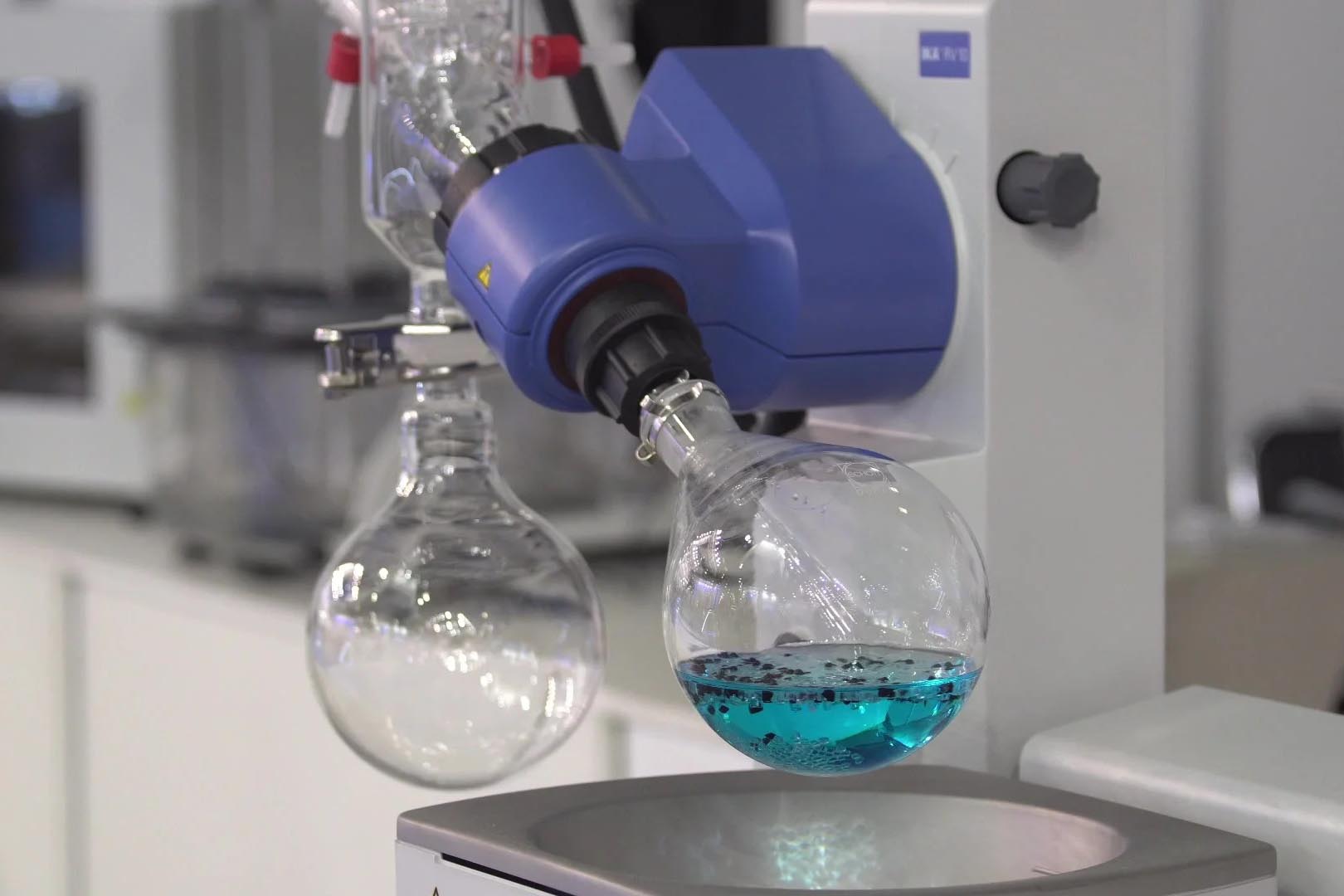
Choosing the Perfect Rotary Evaporator: A Comprehensive Guide to Maximizing Laboratory Efficiency
In the intricate world of laboratory research, the rotary evaporator emerges as an indispensable ally, particularly when the task at hand involves the removal of solvents from samples under reduced pressure. This device, affectionately known as a rotavap, combines a heated water bath, a rotating flask, a vacuum system, a condenser or cooling coil, and at times a chiller to perform this task with finesse and precision. Given the diversity of rotavaps available, selecting one that perfectly aligns with your laboratory's requirements demands a deep dive into their features, functionalities, and the specific needs they fulfill.
Understanding the Core of Rotary Evaporation
The principle of rotary evaporation is elegantly simple yet profoundly effective. By rotating the sample in a heated water bath under vacuum, the surface area of the liquid is increased, facilitating rapid evaporation while preventing bumping. The resultant vapor is then condensed back into a liquid through a condenser or cooling coil and collected in a separate flask. This process is not only about removing solvents; it's about doing so in a way that preserves the integrity of the sample, particularly when dealing with heat-sensitive materials.
Deciphering the Right Size and Capacity
The starting point in your selection process should be determining the right size for your needs. Laboratory rotary evaporators come in a spectrum of sizes, from small benchtop units to larger floor models. The size of the evaporation flask can significantly influence the efficiency of solvent removal, especially when processing large volumes. Assessing the typical volume of solvent you intend to evaporate will guide you toward a model that can handle your workload without being unnecessarily bulky or expensive.
Temperature and Vacuum: The Dynamic Duo
Temperature control and vacuum adjustment stand at the heart of effective rotary evaporation, embodying the essence of precision and efficiency in solvent removal. The ability to accurately control the temperature of the heating bath allows for the adaptation to the specific boiling points of various solvents, optimizing the evaporation process while ensuring that sensitive samples are preserved from thermal degradation. Concurrently, vacuum control offers the means to finely adjust the system's internal pressure, effectively lowering the boiling points of solvents and facilitating their removal at considerably lower temperatures. This synergy between temperature and vacuum is pivotal, yet its efficacy is significantly amplified when a chiller is incorporated into the setup.
Chillers also may play a critical role in the rotary evaporation process by efficiently cooling the condenser. As the vaporized solvent exits the rotating flask, it enters the condenser, typically a coil condenser, where it needs to be effectively cooled and condensed back into liquid form. This is where the chiller excels, providing the necessary cooling capacity to ensure rapid condensation, thereby enhancing solvent recovery rates, and preventing vapor from escaping the system. The use of a chiller not only improves the efficiency and speed of the evaporation process but also contributes to a more environmentally friendly laboratory by reducing solvent loss.
Furthermore, the integration of a chiller with a rotary evaporator setup introduces an additional layer of temperature control, allowing for the handling of a broader range of solvents, including those with particularly low boiling points. It also aids in maintaining a stable internal environment within the evaporator, further optimizing the evaporation process, and ensuring consistent results. By selecting a chiller with adequate cooling capacity and compatibility with the rotary evaporator system, laboratories can achieve unparalleled precision in solvent removal, making the combination of temperature control, vacuum adjustment, and efficient condensation the ultimate trio for advanced solvent processing.
Navigating Through Safety and Maintenance Features
Safety is a non-negotiable aspect of laboratory equipment selection. Features that protect users and samples, such as automatic shut-off mechanisms, flask detachment safety measures, and spill containment solutions, should be on your checklist. Moreover, ease of maintenance ensures that your rotary evaporator remains in optimal condition, prolonging its lifespan and maintaining efficiency. Look for models designed with simplicity in mind—for both operation and routine maintenance.
Weighing the Investment: Cost Versus Quality
Choosing a rotary evaporator is a crucial investment in your lab's future, necessitating a balance between affordability and quality to minimize long-term costs. Our recertified equipment stands out as an optimal solution, enabling labs to fulfill rigorous research demands within budget constraints. Being fully recertified to meet the original manufacturer's specifications, our equipment delivers the same performance at a significantly reduced cost, embodying both economic and environmental sustainability.
Expanding Horizons: Beyond Traditional Applications
The utility of rotary evaporators extends beyond the confines of chemistry laboratories. From pharmaceutical research to environmental analysis, and even culinary innovation, the applications are as varied as they are fascinating. This versatility underscores the importance of selecting a rotary evaporator that can adapt to a wide range of applications, ensuring that your investment continues to pay dividends across different research areas.
Conclusion
Selecting the right rotary evaporator for your lab is a journey towards enhanced efficiency, precision, and safety in solvent removal processes. By considering the size, temperature and vacuum control, safety features, maintenance ease, and cost-quality balance, you can identify a rotary evaporator that not only meets but exceeds your laboratory's needs.






